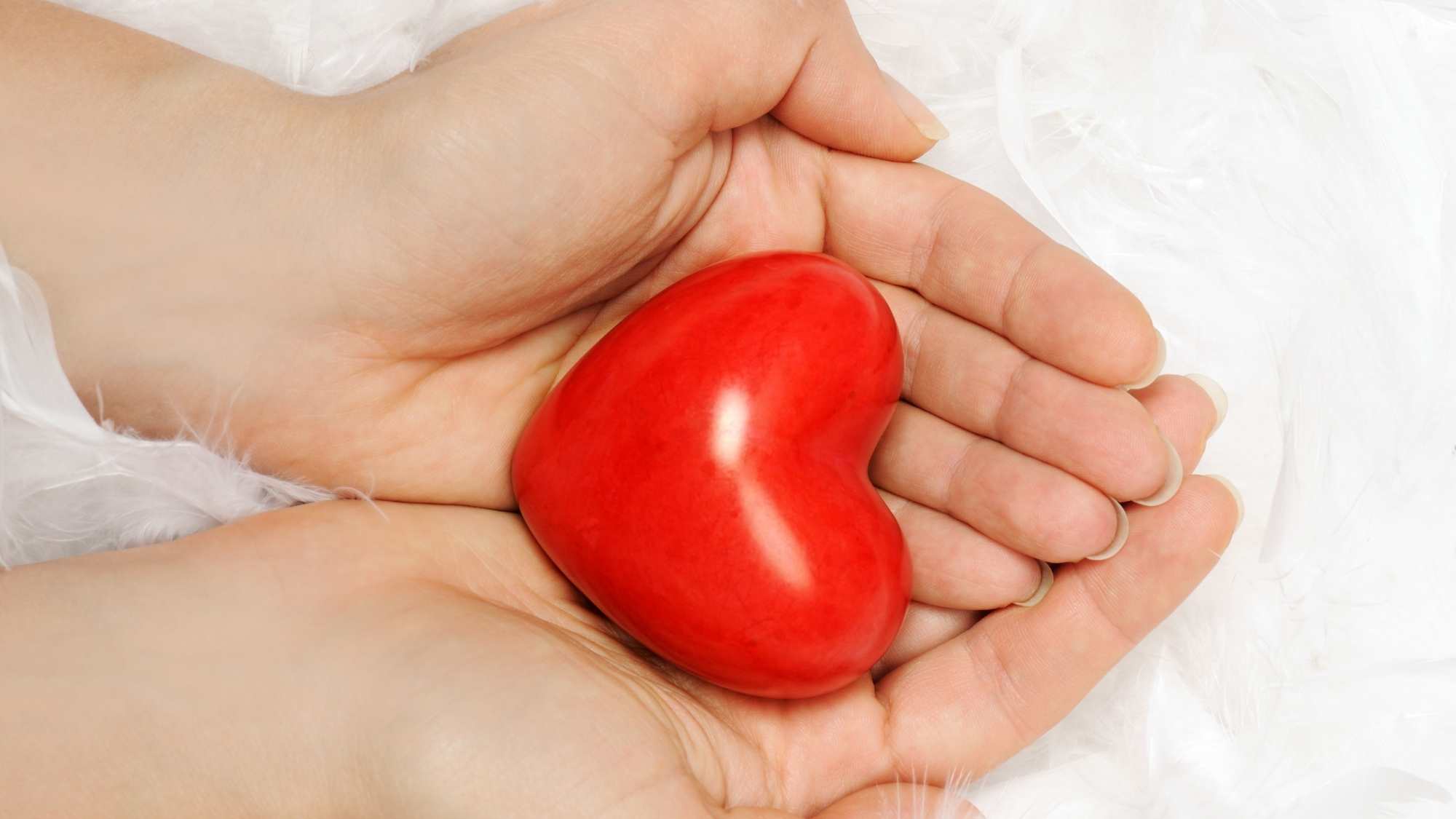This definition gives equal priority to compassion for others and compassion for ourselves. For many of us, especially those in the helping professions, compassion for others is a key driver of our choices. But often this comes at the cost of taking care of ourselves.
Cultivating self-compassion means being kind towards ourselves, and allowing ourselves to receive kindness from others. It also means taking steps to prevent and alleviate our own suffering. As I’ve previously described, this isn’t always very nice. Sometimes being truly compassionate towards ourselves means doing things that feel uncomfortable, such as setting clear boundaries and saying no to others.
So while compassion is about kindness and warmth it also embodies the core qualities of wisdom, strength and commitment.

Take a moment to consider what actions embody this for you? Who do you know, either personally or in the wider world, who represents these qualities? Can you think of a time when you have acted in a compassionate way towards yourself, even when this might have been difficult?
Treating yourself like a friend
Kristin Neff is the lead researcher in the field of self-compassion. She describes self-compassion as giving ourselves the same kindness and care as we would a good friend. This is much easier said than done, and we need to treat compassion as a skill to learn and practice.
Compassionate practice is not the same as relaxation – in fact it can feel very uncomfortable at times. During a time of difficulty have you ever found yourself managing to hold things together until someone is kind to you? When someone who cares about you has a sense of your suffering and acknowledges this through kind words or gestures we can find ourselves instantly in touch with our pain.
This is a phenomenon known as “backdraft”. Backdraft “is a rapid or explosive burning of superheated gases in a fire, caused when oxygen rapidly enters an oxygen-depleted environment”. When we open ourselves up to compassion we also open ourselves up to pain. This is why we often work to shut compassion down, so that we can avoid our pain. But unfortunately we’re not able to selectively shut down emotions – blunting one part of ourselves inevitably leads to blunting other parts. This in turn leads to disconnection. If we can leave the door to compassion always open, even just a little, this will help foster a more healthy flow of emotional experience.
It’s hard to be friends with someone who shuts things down when they get difficult, because this doesn’t allow for deep and authentic connections. A deep friendship will make room for all the feels – good and bad. If we can offer this to ourselves we will be able to connect more with the things that really matter to us. Here’s how…
How to cultivate self-compassion
Self-compassion has three components: mindfulness, common-humanity and self-kindness:
Mindfulness: being able to acknowledge your current experience without judging or criticising it. This can be as simple as taking a moment to notice what thoughts and feelings are showing up for you. Grounding techniques can help to do this in a way that keeps you present, without being swept away in an emotional storm.
Common-humanity: recognising that being human means experiencing pain and being imperfect. It also means that you share this with every other person on the planet, past, present and future. You are not alone in your suffering, however isolated you might be feeling in this moment.
Self-kindness: directing warmth and gentleness towards your suffering. Consciously consider what it is you need in this moment – is it a reminder that you are good enough? Is it forgiveness, rest, or a soothing gesture?
There are many ways to put these ideas into practice. It can be as simple as taking a moment to consider these three steps – a self-compassion break is a great way to do this. You may want to take some time to do a guided meditation focussing on self-compassion or write yourself a compassionate letter.
Make it a daily habit
We could all benefit from more self-compassion in our lives – embedding a daily practice is a great way to strengthen this skill. Could you find a way of including this in your daily routine – e.g. when you’re having your morning cuppa, brushing your teeth before bed, or on a coffee break during a work day?
If you are able to practice regularly you will find you can draw on this skill when you really need it during times of stress or difficulty.
The best places to start for resources and exercises are:
- Kristin Neff’s self-compassion.org
- Compassionate Mind Foundation
If you are looking for more support in developing self-compassion, therapy (particularly compassion-focussed therapy, or CFT) could be really beneficial. If you want to chat with me to see if I might be the right therapist for you, book a free call.




